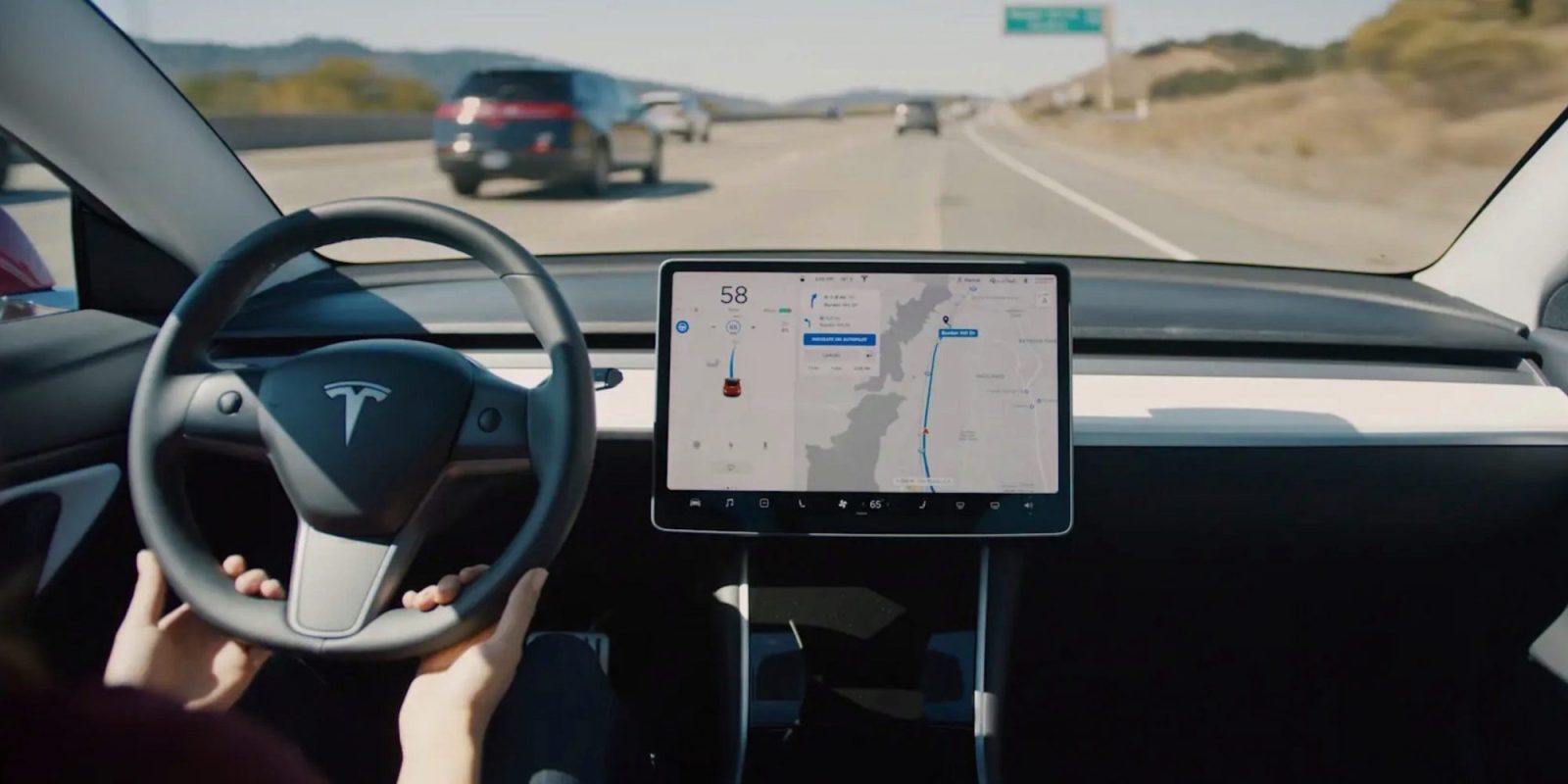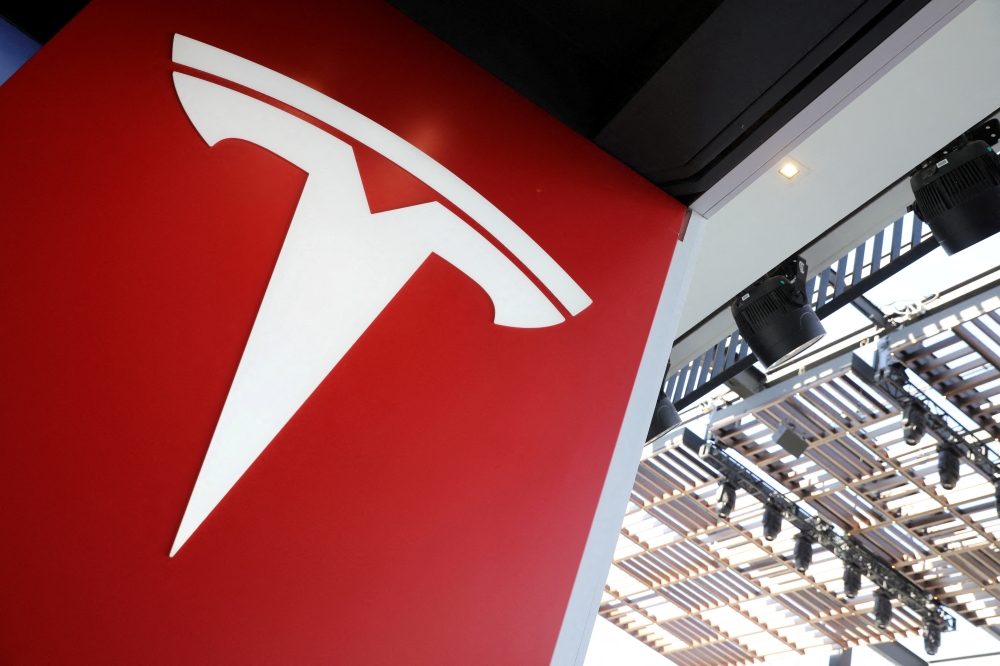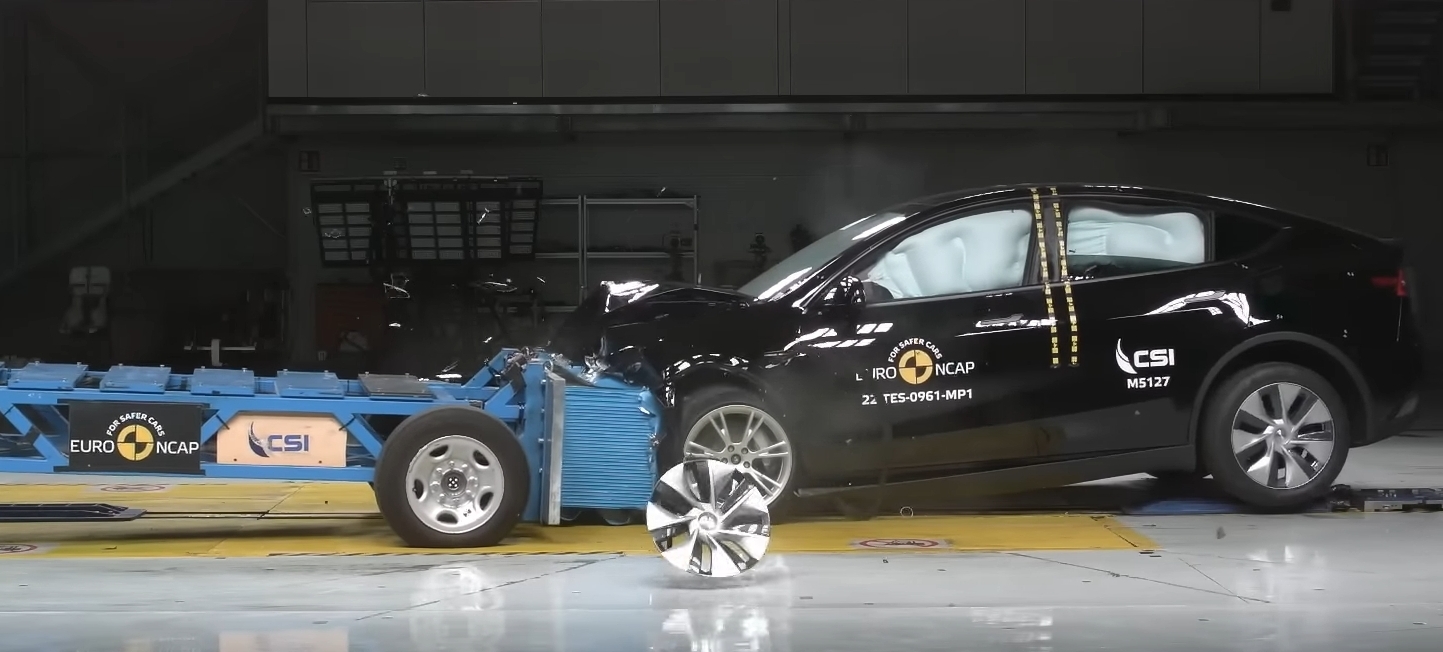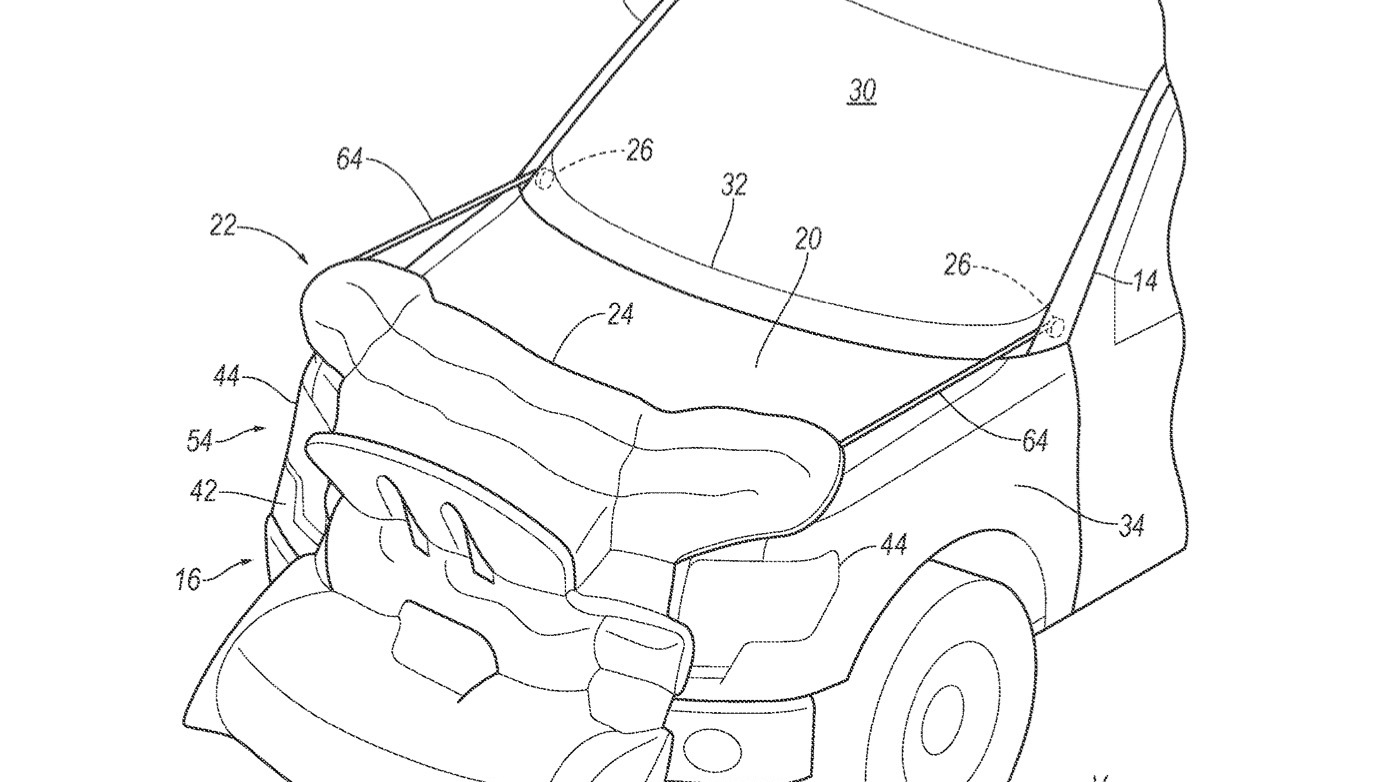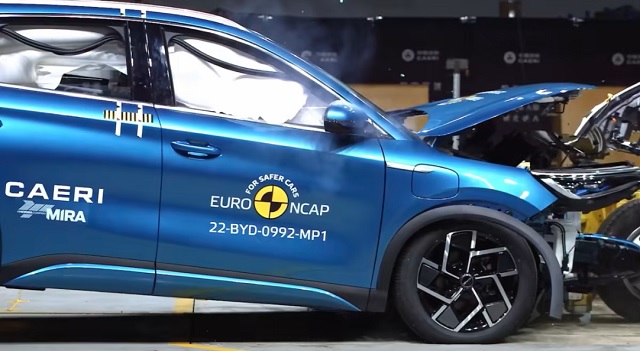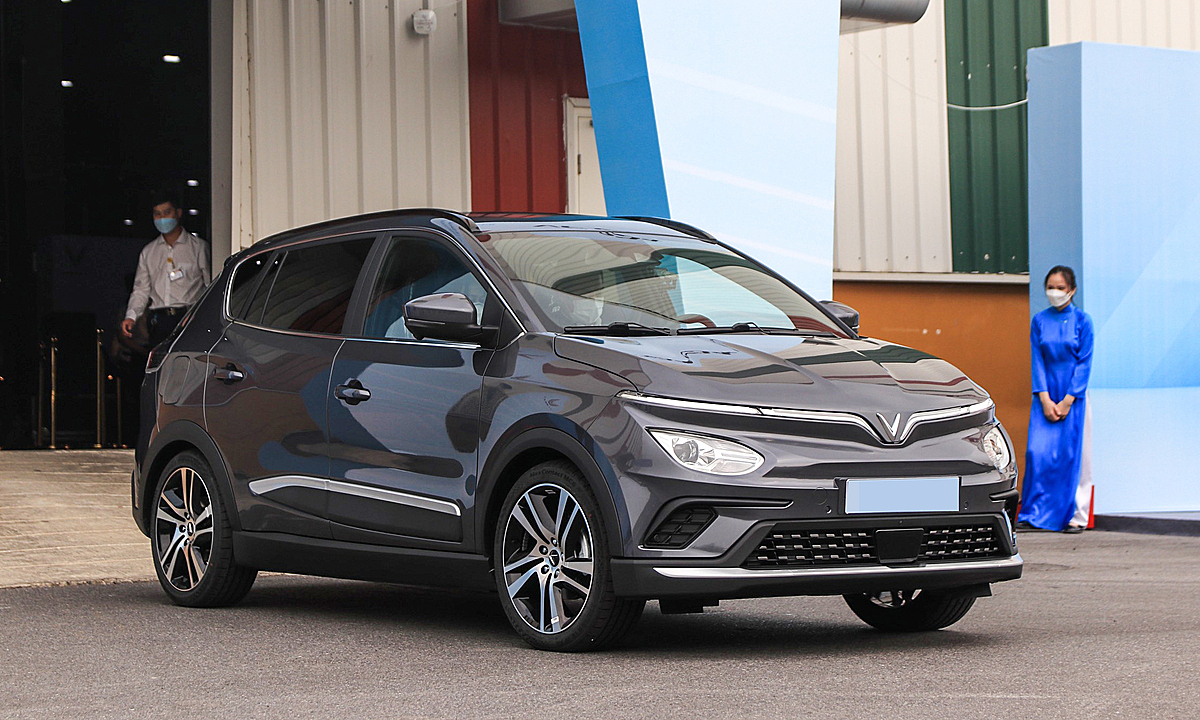The National Highway Traffic Safety Administration (NHTSA) on Thursday (Aug 18) asked Tesla to answer questions about its in-car cameras that are meant to monitor driver attention.
Reporting from Reuters, Friday (19/8/2022) the move was carried out as an effort to investigate 830,000 vehicles that use Tesla’s Autopilot system.
NHTSA then gave an assessment of the performance of Tesla’s Autopilot feature after reports of an accident some time ago.
By June, NHTSA had upgraded its investigation to technical analysis, which was a step before a recall. NHTSA asked Tesla to answer questions about the functionality of the cabin camera regarding enforcement of driver engagement or attention.
According to Tesla, the cabin camera, which is located above the rearview mirror, can monitor the driver’s attention while they are operating the car on the road.
NHTSA said it was seeking information on the impact of cabin cameras on the type and timing of driver engagement alerts, as well as recoverable data elements that demonstrate their effect.
The regulator is also reviewing whether Tesla vehicles meet safety standards with this feature.
On the other hand, Consumer Reports Magazine when evaluating the Tesla cabin camera said that the feature was not sufficient to ensure the driver fully pays attention to the surrounding conditions when using the Autopilot and Full Self Driving (FSD) features.
The magazine then added that they could block cameras in the cab, and the car would not issue warnings, slow down the car, or even shut down the system.
In June, Consumer Reports revealed that Tesla had installed an over-the-air update to be able to issue a warning when the camera was closed when FSD was activated, but not with Autopilot.
Meanwhile, the Autopilot feature is intended so that the car can drive, accelerate, and brake automatically in its lane, while the FSD allows the vehicle to obey traffic signs and make lane changes.
In addition to the defect investigation, NHTSA has also opened 38 special investigations since 2016 into accidents involving Tesla vehicles and where Autopilot or other advanced systems are suspected to be used. A total of 19 deaths have been reported in the Tesla-related investigation.
Separately, California’s state transportation regulator accused Tesla of misinforming a feature that provides autonomous vehicle control.
In a notice filed with the state, Tesla said it is currently hearing the complaint and intends to file a defense.
Meanwhile, the California Department of Motor Vehicles is seeking solutions that could include suspending Tesla’s license to sell vehicles in the state and requiring the company to compensate drivers.

